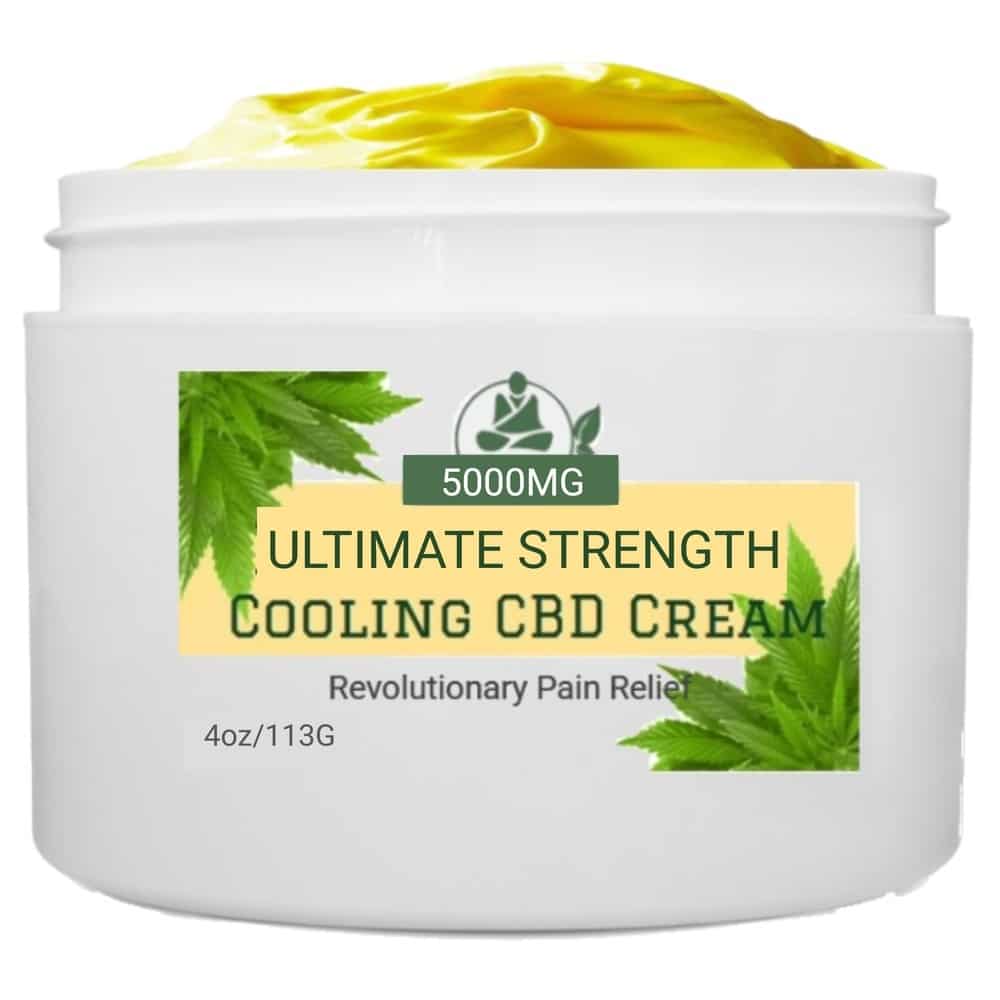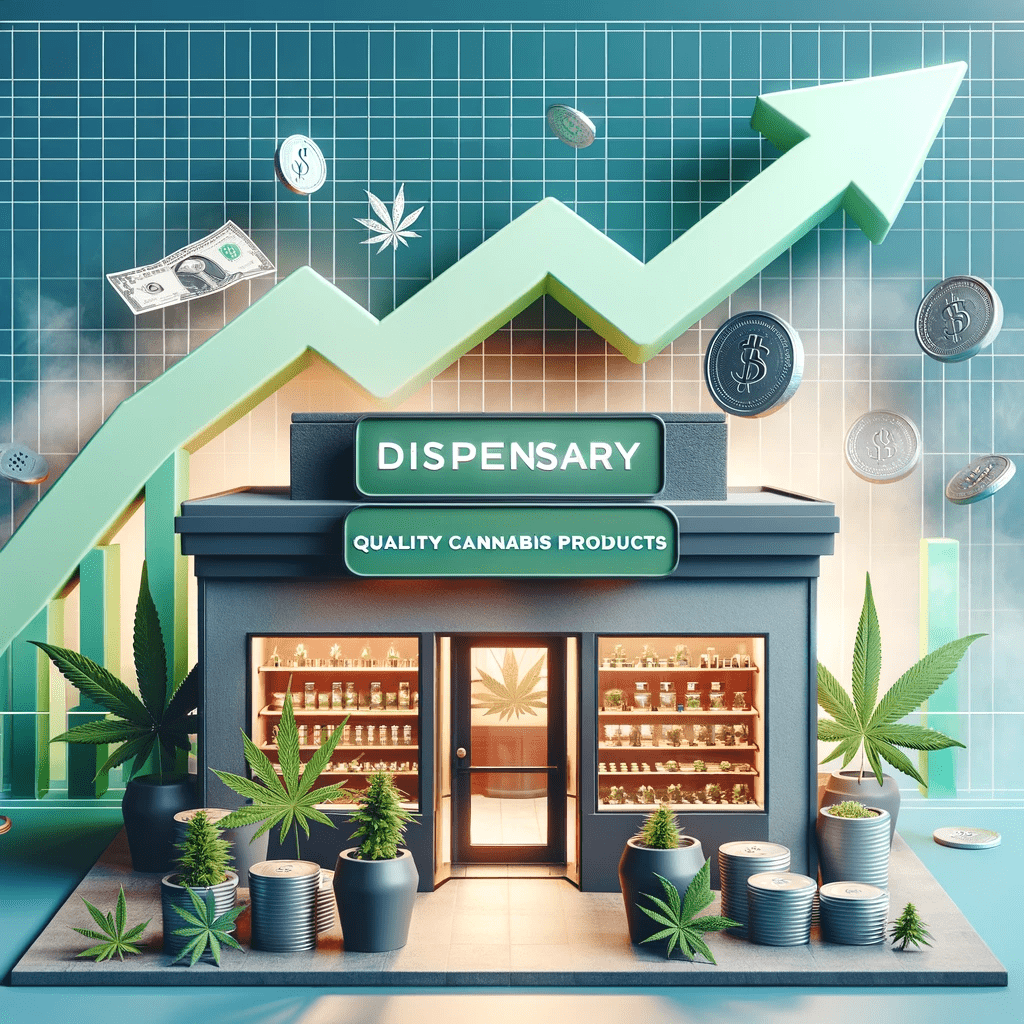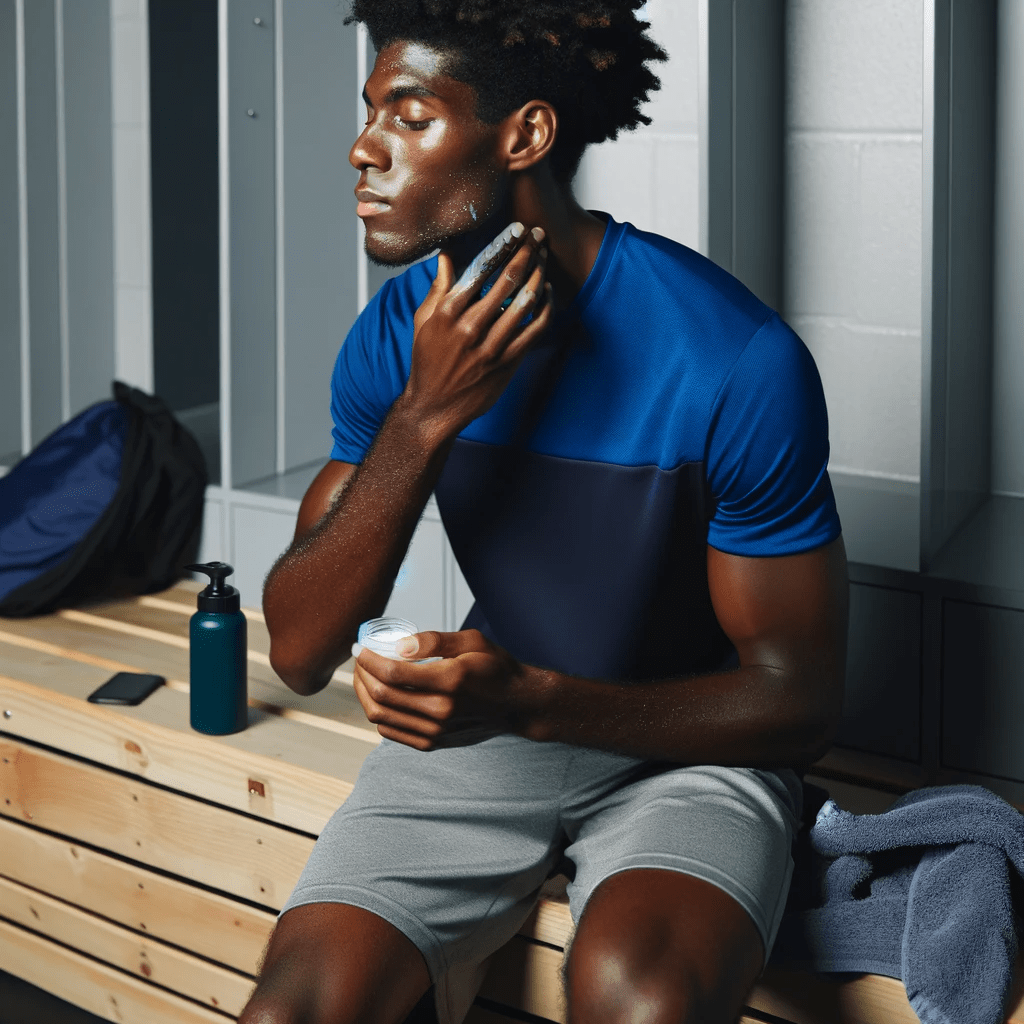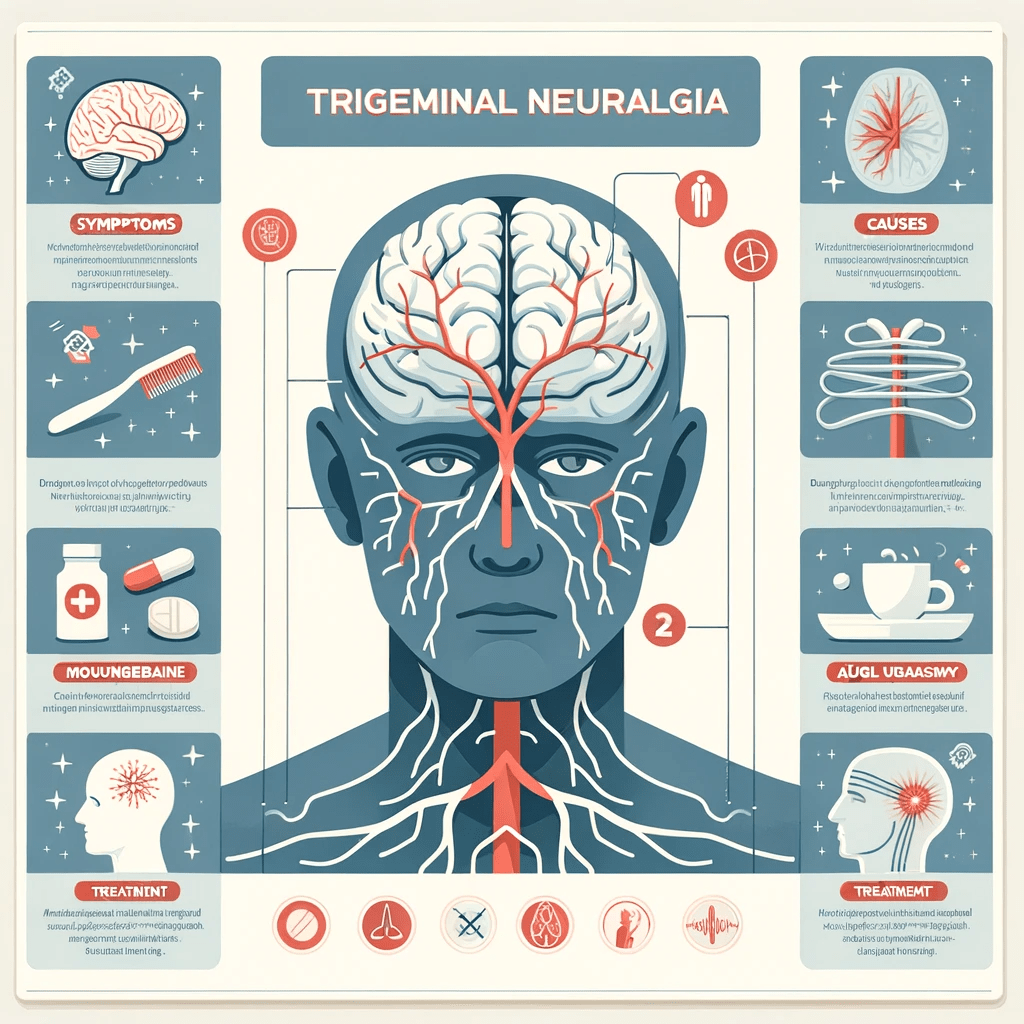Cannabidiol, also known as CBD, is a chemical that is primarily present in some strains of the cannabis plant Cannabis sativa L. The following section will go over its numerous advantageous effects on the human body as a non-psychoactive substance.
Chemically speaking, CBD belongs to the class of terpeno-phenolic compounds, which are produced in large quantities in glandular trichomes, hair-like structures that are found on the surfaces of Cannabis plants.
A Brief History of Cannabis
Cannabis, a plant native to China and other parts of Asia, has been used for medicinal purposes since ancient times. However, it wasn’t until the 1830s that it was introduced to Western. More than a century later, the plant was added to the List of Drugs as a Schedule I drug, as part of the Single Convention on Narcotic Drugs from 1961. The Convention restricts the use of Cannabis, but with some exemptions for industrial, horticultural, research, and medical purposes.
The research on Cannabis and its naturally occurring phytocannabinoids has been ongoing, with many milestones achieved along the way. One such milestone was the structural identification of the psychoactive THC, confirmed back in 1964 (Gaoni and Mechoulam, 1964). Although CBD, the most recognized phytocannabinoid, was isolated from the plant for the first time in 1940, the complete structural identification was not reported until almost three decades later (Adams et al., 1940; Petrzilka et al., 1969).
In the 1980s, the endocannabinoid system was discovered in the human body, which led to even more studies on the physiological effects of Cannabis and phytocannabinoids at a higher level (Devane et al., 1988; Kinghorn et al., 2017). Clinical studies have proven the beneficial effects of Cannabis, leading to the registration of medicines like Sativex®. This cannabis-based medicinal product was registered in Europe in 2010 and is currently the most prevalent product of its kind marketed in Europe (Bramness et al., 2018).
In 2017, Bedrocan, a Dutch company, became the world’s first producer of medicinal Cannabis that complied with the European Medicines Agency’s good manufacturing practice (GMP) standards.
The Source of CBD and Other Phytocannabinoids
The Cannabis plant is an annual herbaceous flowering plant that is characterized by its recognizable leaves and distinct aroma (Figure 3). It can be grown either indoors or outdoors, depending on the intended purpose and specific variety of the plant. Indoor cultivation under controlled environmental conditions is crucial for producing Cannabis in the pharmaceutical industry, as it yields high-quality biomass with a consistent composition. On the other hand, outdoor production is more suitable for industrial purposes, such as in the foodstuff industry, as it is a more economically affordable yet still efficient option.
According to taxonomists Schultes et al. (1974), there are three subspecies of Cannabis, all falling under the name Cannabis sativa L.: sativa, indica, and the less widespread and economically significant ruderalis. Some varieties of Sativa include the well-known “industrial hemp” or “hemp” varieties that are legally used for foodstuff production and other industrial purposes. The primary differences between sativa and indica are in their cannabinoid profile and taxonomic classification. Sativa plants tend to be taller, ranging from 2.5 to 3.5 meters, while indica varieties are generally shorter, with an average height of below 2 meters, and appear bushier with broader and darker green leaves. Additionally, Sativa plants have fibers with higher strength.
The Cannabis plant is a rich source of phytocannabinoids, including the popular CBD. Ongoing research continues to reveal the therapeutic potential of Cannabis and its derivatives, as well as their physiological effects on the human body.
Cannabis has been found to contain over 560 natural compounds, with more than 140 of them being phytocannabinoids – complex compounds formed within the tiny trichomes of the plant through biochemical reactions. Trichomes, which are visible to the naked eye on the plant’s flowers, leaves, and stems, are the site of the production of these substances. In addition to phytocannabinoids, another essential group of naturally occurring substances found in trichomes are terpenes, which are responsible for the distinct aroma of cannabis. The quantity of phytocannabinoids produced in Cannabis is strongly influenced by the plant’s variety and the environmental conditions during its growth.
How Do We Pull The Extract from The Plant?
Extraction is a crucial process for separating specific compounds or mixtures from a given matrix. In the world of Cannabis, extraction involves the separation of various beneficial substances such as phytocannabinoids (including CBD), terpenes, and fatty acids from different parts of the plant, including the flowers, leaves, stems, and seeds.
Various industries such as food, cosmetics, and pharmaceuticals have been using different types of extraction processes for many years. For Cannabis extraction, there are primarily three types used:
- Cold-pressed extraction: This method is utilized to extract oil from Cannabis seeds, resulting in an oil rich in essential fatty acids that is suitable for salads and other culinary applications (Figure 5).
- Organic solvent extraction: This method uses organic solvents to separate different compounds from the plant matrix. This method has been used for many years, but concerns about the safety of residual solvents in the final product have limited its use in recent times.
- Supercritical carbon dioxide (sCO2) extraction: This method is most commonly used to produce “full-spectrum” extracts that contain various phytocannabinoids, terpenes, and other beneficial compounds . It is a green technique that uses CO2, a GRAS (“generally recognized as safe”) solvent that evaporates at the end of the process, leaving no dangerous residues in the final product. This method is becoming increasingly popular because it is safe, efficient, and environmentally friendly. This is the method we use!
In summary, the extraction process is crucial for isolating specific compounds and mixtures from the Cannabis plant. The use of organic solvents has decreased in recent years due to concerns about safety, while the use of sCO2 extraction is becoming increasingly popular due to its effectiveness, safety, and environmental friendliness.
How CBD Interacts With Your Body
Endocannabinoids are lipid-based neurotransmitters that are synthesized on-demand in response to specific physiological stimuli. The two most well-studied endocannabinoids are anandamide (AEA) and 2-arachidonoylglycerol (2-AG), which are produced from fatty acid precursors found in cell membranes.
Endocannabinoids are involved in a variety of physiological processes, such as pain modulation, appetite regulation, mood and emotion, immune function, and sleep. The endocannabinoid system, which includes the cannabinoid receptors and enzymes involved in endocannabinoid synthesis and degradation, plays a crucial role in maintaining homeostasis in the body. When there is an imbalance in the body, the endocannabinoid system is activated to restore balance, making it a potential target for therapeutic interventions.
Similarly, endocannabinoids interact with a group of receptors called cannabinoid receptors, which are found throughout the human body. These receptors are part of the endocannabinoid system, which plays a key role in regulating a wide range of physiological processes including pain sensation, appetite, mood, and immune function. Endocannabinoids are produced on demand and act as retrograde signaling molecules, meaning they are synthesized and released by postsynaptic neurons and then travel back across the synapse to act on presynaptic neurons. This feedback loop helps to regulate the activity of neurons and maintain homeostasis in the body.
The endocannabinoids that interact with these receptors are primarily anandamide and 2-arachidonoylglycerol (2-AG). Anandamide is synthesized on demand in response to certain physiological needs, and it is rapidly degraded by the enzyme fatty acid amide hydrolase (FAAH) after it has fulfilled its function. 2-AG, on the other hand, is produced on demand but can also be stored in the cell membrane and released when needed.
The ECS has been implicated in various physiological and pathological conditions, including pain, anxiety, depression, inflammation, and neurodegenerative diseases. Modulation of the ECS has been proposed as a potential therapeutic strategy for these conditions, and cannabinoids such as CBD and THC have been studied for their effects on the ECS and their potential therapeutic uses.
Endocannabinoids, CBD and THC what’s the Difference?
Endocannabinoids are bioactive compounds that are formed and broken down in the human body through complex biochemical reactions that involve many enzymes. There are several known endocannabinoids, including anandamide (AEA) and 2-arachidonoyl glycerol (2-AG). Both AEA and 2-AG interact with the CB1 and CB2 receptors, but they have different affinities for each receptor. Phytocannabinoids, which are structurally and spatially similar to endocannabinoids, also interact with CB1 and/or CB2 receptors, but their affinities for receptors vary considerably, resulting in varying physiological effects.
For instance, THC’s psychotropic effect is caused by its interaction with the CB1 receptor. In contrast, CBD interacts with the CB2 receptor and does not produce any psychotropic effects. Instead, CBD is associated with several other beneficial effects. Interestingly, CBD can also affect the interaction between THC and the CB1 receptor, reducing THC’s psychoactive effects. These interactions make the story even more complicated.
Furthermore, cannabinoids have been shown to affect other systems in the body through interactions with opioid, serotonin, and nuclear receptors and transient receptor potential (TRP) ion channels. Research has confirmed that the control of body temperature and pain relief transfer is partially related to the interaction of cannabinoids with TRP channels. Based on these findings, the role of cannabinoids in physiological processes such as appetite and pain sensation, the control of chronic pain, metabolism, mood, and the regulation of immune cell functions is continually being studied and, to some extent, confirmed.
The most extensively studied cannabinoid is CBD.
Identification of the Endocannabinoid System
The identification of the endocannabinoid system sparked a significant increase in research examining its physiological functions and the effects of endocannabinoids and phytocannabinoids on both humans and animals. Studies in this area can take various forms, including:
• In vitro studies, which utilize cell lines to investigate the effects of cannabinoids.
• Animal studies, where the effects of cannabinoids are tested on animal models such as mice and rats.
• Clinical studies, where the effects of cannabinoids are studied on healthy volunteers and individuals with specific conditions that are being targeted in the trial.
By utilizing these types of studies, researchers can gain a better understanding of the potential therapeutic benefits of cannabinoids and how they can be used to treat various conditions.
The discovery of the endocannabinoid system has led to a surge of research studies aimed at understanding the physiological functions and effects of endocannabinoids and phytocannabinoids in humans and animals. In order to assess the effects of these substances, different types of studies are conducted, including in vitro studies using cell lines, animal studies using mice and rats, and clinical studies with healthy volunteers or individuals with specific conditions being studied.
CBD is the most extensively studied phytocannabinoid due to its abundance in most Cannabis plant varieties and its confirmed beneficial effects, which have been demonstrated not only in vitro and animal studies but also in clinical trials with humans. These effects include anti-inflammatory, anti-oxidative, anti-emetic, anti-psychotic, anti-convulsant, and pain relief effects. Additionally, pre-treatment with CBD has been shown to reduce the psychotic effects of THC, and CBD has demonstrated promising results in improving symptoms and quality of life in patients with conditions such as schizophrenia and Parkinson’s disease.
CBD has been most extensively studied in the treatment of various types of epilepsy, including refractory epilepsy or drug-resistant epilepsy. Promising results have been reported in clinical trials with CBD as an add-on or adjuvant therapy for children with refractory epilepsies, where approximately half of the patients receiving add-on therapy experienced a significant reduction in seizure burden, and some even became seizure-free. Positive effects such as improved behavior, sleep, motor functions, cognitive functions, appetite, joyfulness, speech, and communication were also observed.
Taking CBD Orally How Much To Take
Every individual is unique, and as a result, the response to CBD products can vary. In particular, if a user is highly sensitive to additives, foods, cosmetics, or medications, it is recommended to start with low doses of CBD – no more than 10 mg per day. For those who are less sensitive, the suggested starting daily dosage is between 20 and 30 mg. Ideally, the recommended dose should be calculated based on the user’s body weight, which should be around 0.5 mg of CBD per kilogram of body weight per day. For instance, a person weighing 60 kg should take about 30 mg of CBD daily.
It is recommended that the user stick with the initial daily dose for at least 10 days. If the desired effect is not achieved, the dosage can be doubled, and the user can continue with that amount for the next 10 days. The table below illustrates an example of the dosing of the most popular CBD drops. If the desired effect is still not achieved, gradually increasing the dosage, as shown in the table below (with a higher dose every 10 days), is recommended. The daily dose can be taken in one go, in the evening, or spread throughout the day (morning, mid-day, and evening).
Due to the diverse response of the human body to the use of CBD, the ideal dosage may vary from person to person. While some people find relief by taking 25-30 mg of CBD daily, others may require higher doses, such as 60 mg per day. It is natural for the body to experience fluctuations in stress levels and other symptoms, which means that the dosage can be adjusted during use. Therefore, it is recommended that users keep track of their status and any observed changes over time. If CBD is used for general well-being, users can monitor changes in stress levels, mood, and sleep quality. It is important to note that changes may not always be noticeable, particularly during the initial stages of use when the user is trying to determine the most effective dosage for their needs. CBD products may also lead to changes in chronic problems such as anxiety, headaches, stress, and other prolonged health issues.
While many studies have confirmed the safety of CBD, it is important to exercise caution. For instance, when used in combination with other medications, it is advisable to consult a personal physician before using CBD products. Experts do not recommend taking more than 70 mg of CBD daily, and if the user intends to take such high doses, consulting a personal physician is strongly recommended. Moreover, due to the lack of clinical studies, CBD products are currently not recommended for pregnant women, nursing mothers, and children unless a personal physician evaluates the benefit-risk assessment of CBD to be positive.
CBD has no negative side effects?
According to a review paper by Bergamaschi et al. (2011), more than 20 clinical studies were conducted with varying daily doses of CBD, ranging from a few mg to as much as 1500 mg per day. None of these studies reported any effects on psychomotor and physiological parameters such as blood pressure, heart rate, and body temperature. Moreover, the chronic use of high doses of CBD was reported as well-tolerated. This finding is consistent with the WHO Critical report on CBD (2018) which confirmed the good safety profile of CBD.
Despite the good safety profile of CBD, it has the potential to cause some interactions with other drugs by interfering with hepatic drug metabolism. Therefore, it is highly recommended that patients consult with their personal doctor before combining CBD with any medication.
Conclusion
CBD is a versatile product that can be incorporated into our lives in many ways. It is available in various forms, such as cosmetics, personal care products, drinks, chocolates, and even food supplements in the form of gummies. These products are highly popular among people facing physiological and psychological problems as well as those who want to maintain their well-being.
In general, the use of CBD products is safe, and serious side effects are not expected. However, it is essential to check the producer and quality of the product to avoid any potential unwanted events.












